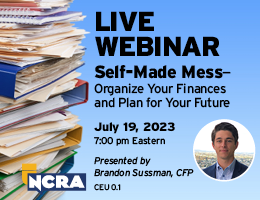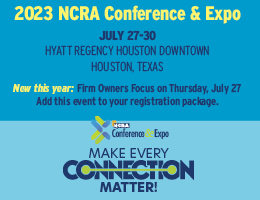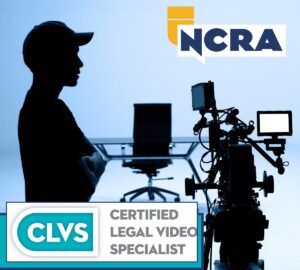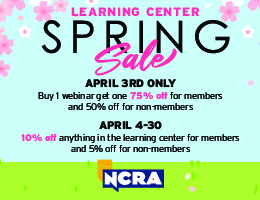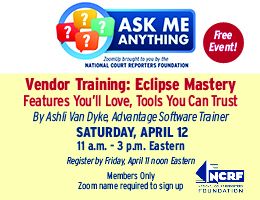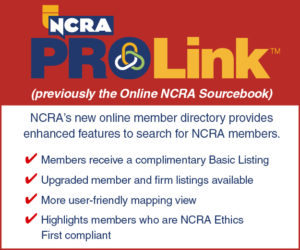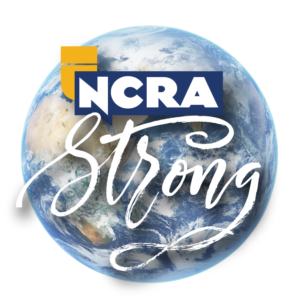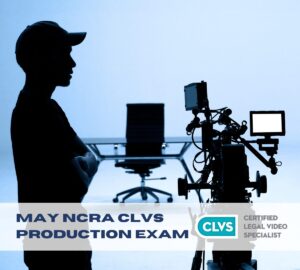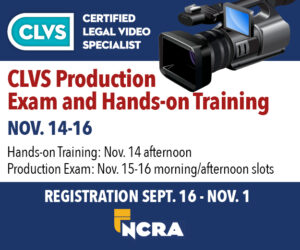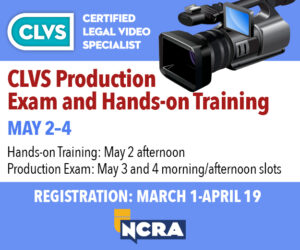By Sara L. Wood
LinkedIn has become the premier place for people to improve their careers. No matter what part of the profession you are in, you can use LinkedIn as a tool to get ahead. However, some LinkedIn profiles are more successful than others. As you position yourself for success, here are six tips for optimizing your personal profile.
1) Showcase your certifications. You can do this two ways. First, make sure your certifications are listed after your name in your title. Even if your potential clients don’t understand what your credentials mean at first glance, certifications can add credibility to your profile. Next, explain what those certifications mean in the body of your resume. Other members of NCRA will know what they mean, but those outside of the profession may not. You worked hard to earn your certifications, so make sure you do everything you can help your clients understand the value you bring as a certified professional.
2) Set up your profile to get better endorsements. While you’ve been browsing LinkedIn, you may have seen the option to endorse others. Other people may have even endorsed you. If you have not yet used this tool, here’s how it works. The LinkedIn algorithm will automatically start suggesting endorsements on your behalf to your network based upon the skills you have listed in your profile. This means that you should begin by listing all of the skills you want others to see when they get suggested endorsement options. Here are some skills to get you started: speed, public speaking, management, videography, realtime, and CART captioning, to name a few. If you are stumped for what to list, take a look at some of your colleague’s profiles for ideas.
3) Increase your number of endorsements. The principle of reciprocity can often apply to endorsements. If you endorse others, they will be more likely to endorse you. To start building up your endorsements and make them count, take some time and endorse those who deserve your accolades. These endorsements should be sincere. Remember that when you are saying that someone else has a skill, you are publicly laying your reputation on this assessment. That said, giving honest endorsements may not only encourage others to endorse you, but it can also help build your social capital with other people on LinkedIn.
4) Assess the quality of your endorsements. As people begin to endorse you, they will have the option of writing in skills that you didn’t necessarily include in your profile. This can be both a positive and a negative. On the plus side, someone might acknowledge you for a skill you never considered. However, conversely, someone in your network may endorse you for a skill you don’t have. If you start to see skills rising to the top of your list that you don’t want to see, reach out to people you know and ask them to endorse you for the skills you would prefer to see at the top.
5) Update your resume, and connect with new contacts. It’s tempting to let your LinkedIn profile languish, but you never know which connections will get you more work. It’s critical to keep your resume fresh, and stay in touch with new connections. When you are out on a job, and if it’s appropriate and ethical to do so, collect business cards. (You may want to check with the firms you work for to be sure you understand the firm’s policy before approaching attorney clients.) If you have a connection, you can follow up with those people after the job on LinkedIn. Also, don’t just send the standard template connection request. Use a personalized, genuine message when you reach out, and the person will be more likely to remember you.
6) Use a professional headshot. Or at least use one that looks professional. This is the first image that people will see when they come to your profile, and it will set the tone of your personal brand for the rest of their experience on your page. If you have that great photo of you in a bikini on the beach, you will want to think about the message that image communicates to your audience. While it may be a fantastic picture, it may not convey your professionalism as a court reporter. Personal photos are best left for places like Facebook; again, unless that is the brand you intend to convey. If you have it in your budget, invest in headshots. Depending upon your area, they can range from the low- to mid-hundreds. Larger cities can be higher, so shop around. If you can’t afford the expenditure, put on your nicest business outfit, stand in front of a neutral background, and have someone take your photo. If you want to get a bit more in-depth, Google “how to take your own headshot,” and there are many professional photographers who can give you tips.
Sara L. Wood is NCRA’s Director of Membership & Marketing. She can be reached at swood@ncra.org.


